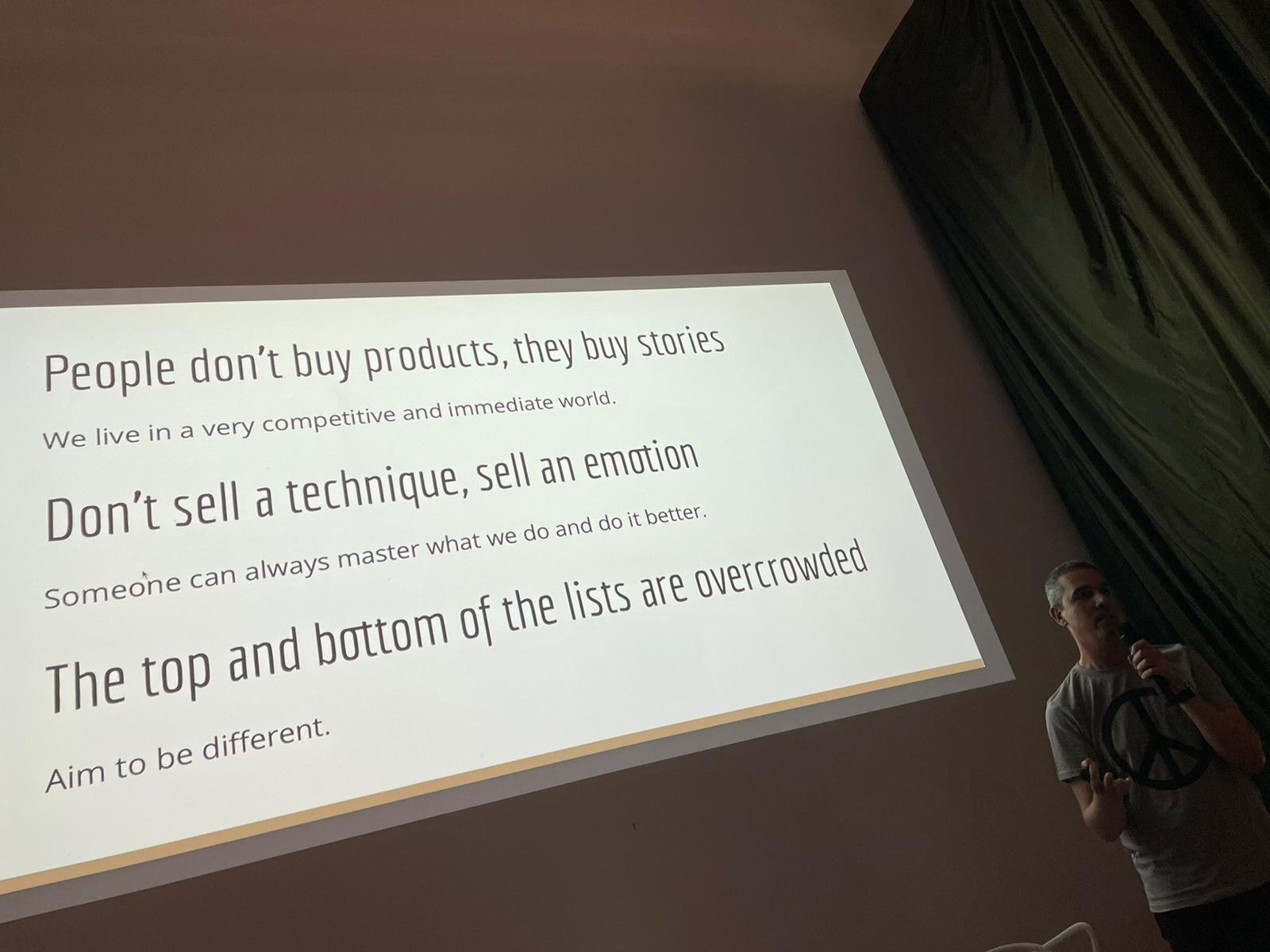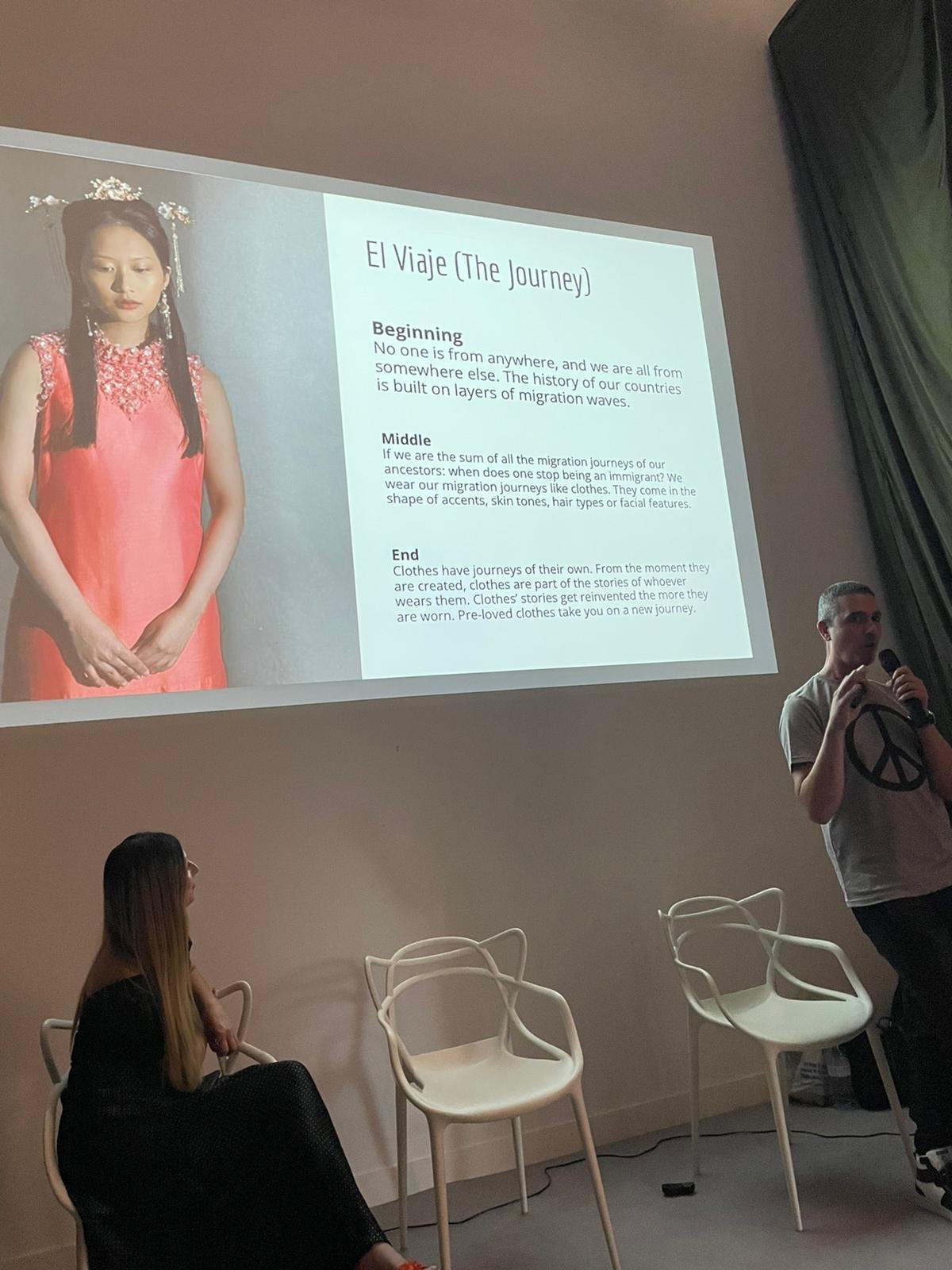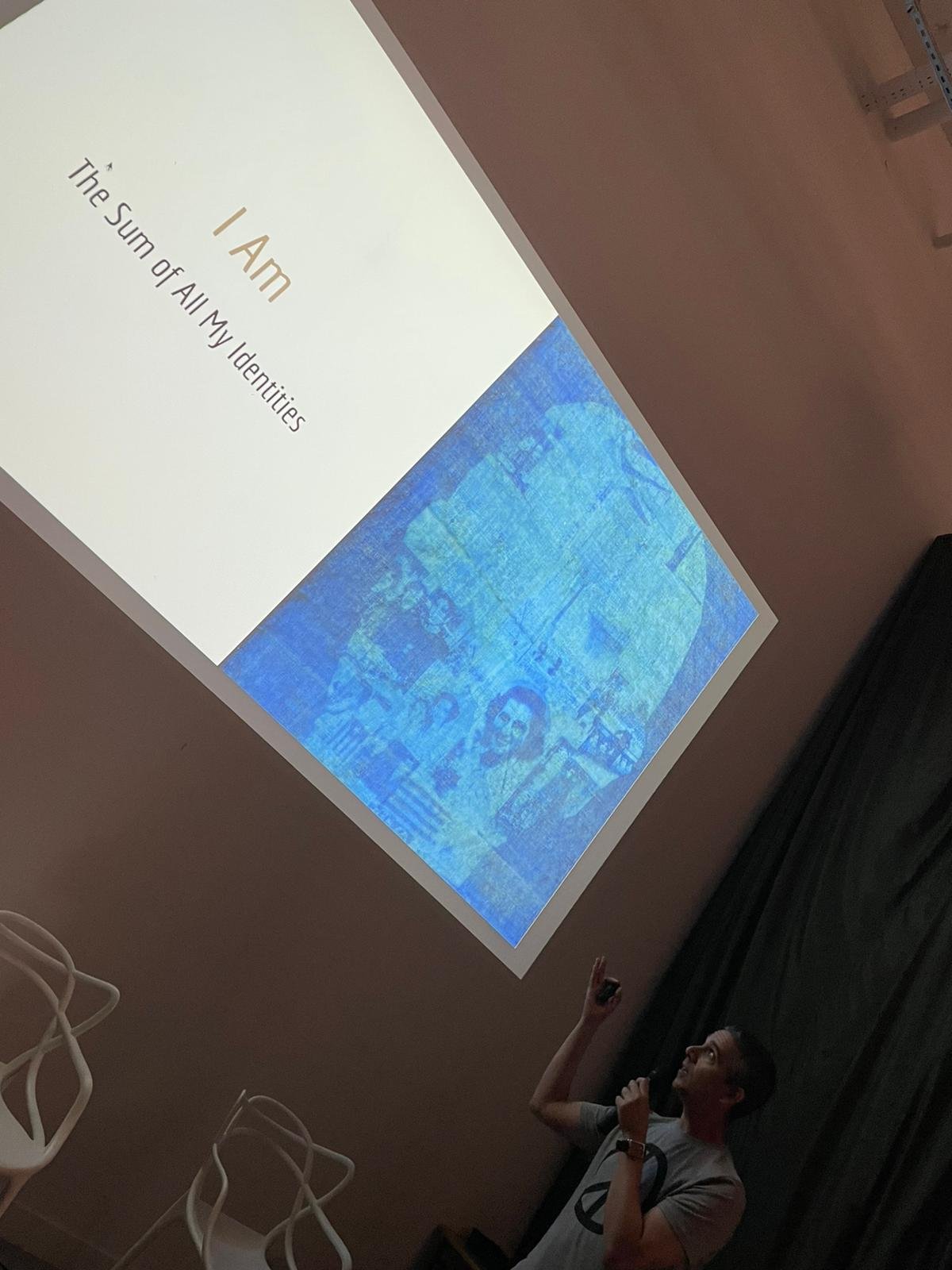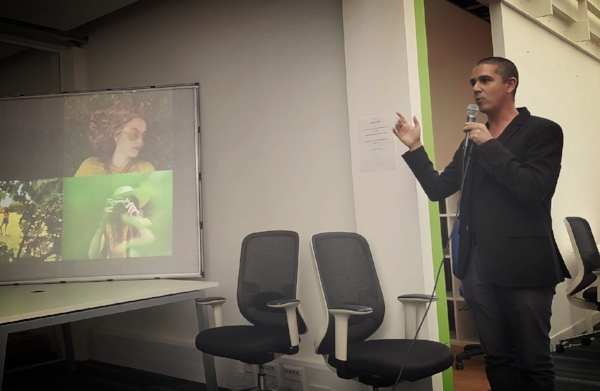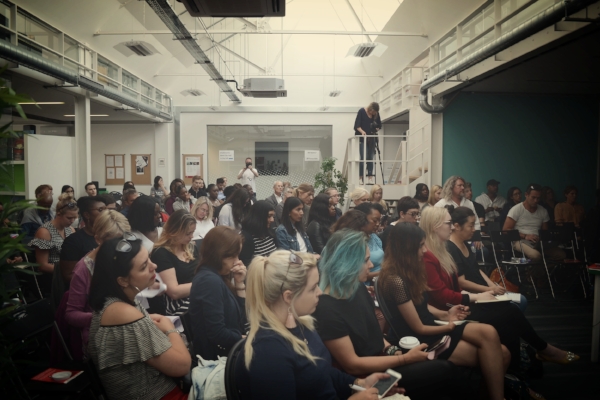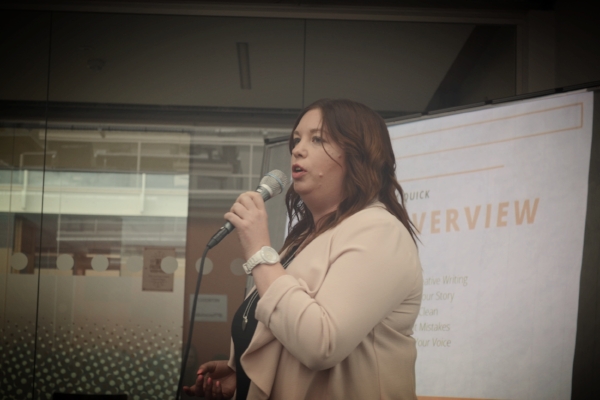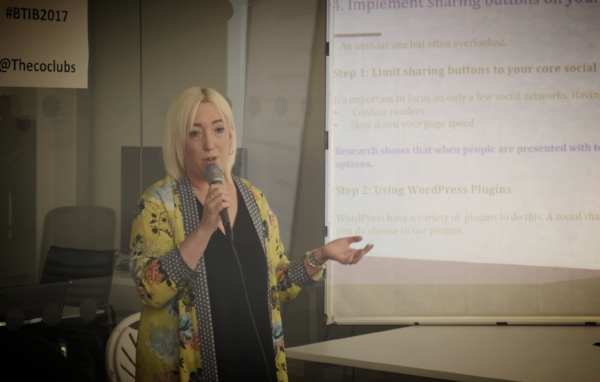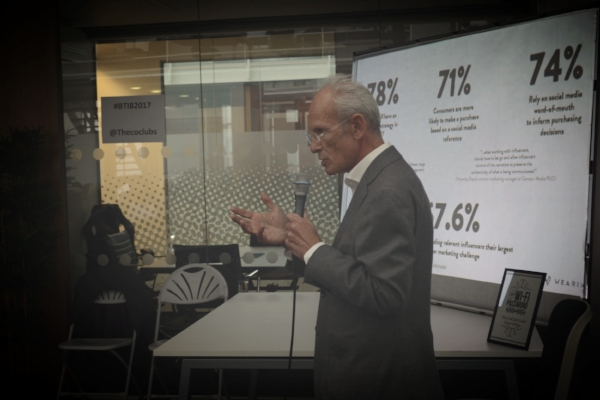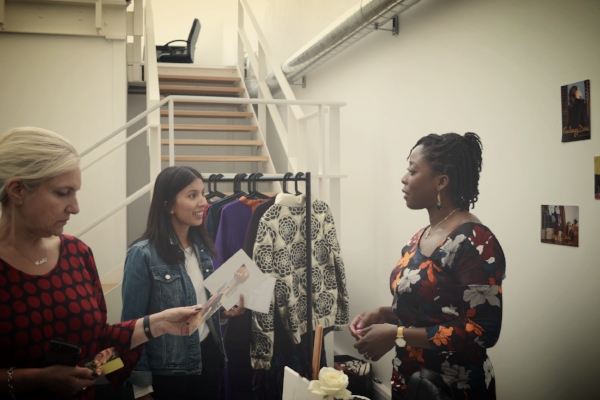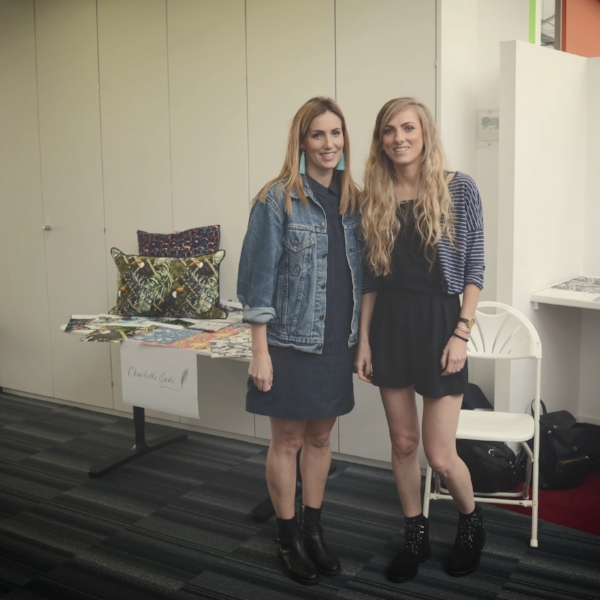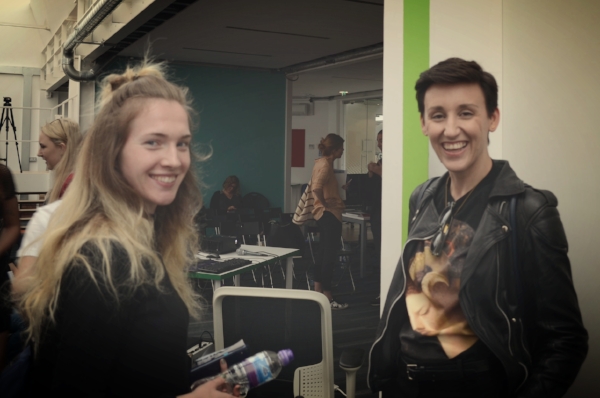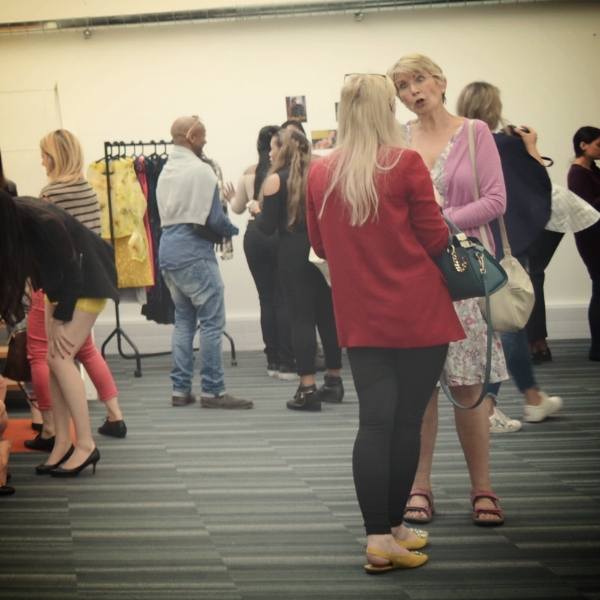Over the last four years, I have been shooting non-stop in order to learn the technicalities of my craft, to train my eye and my creativity, to create work for clients or for my personal projects, and to update my portfolio. All along, without even realizing it, everything that I was doing was bringing me to this past weekend when, for the first time in my photography career, I showed my portfolio to some of the major publications in the UK during PhotoMeet. It was intimidating, it felt like an emotional rollercoaster, but it was one of the most rewarding things that I have done since becoming a photographer.
Having your work reviewed is no easy feat. It doesn't matter if you are showing it to family, friends, peers or potential clients. You feel vulnerable, exposed, judged, and your self-confidence and the confidence in your own work is put to the test.
Imagine what it felt like when I attended PhotoMeet and walked into a room full of reviewers knowing that, for the following two days, eight of them would get to give me their feedback. It was like speed-dating for photographers. I felt like I was having eight job interviews one after the other with almost no time to breath and decompress. But I survived, and I owe it to how well I prepared for that weekend, not only mentally, but also by seeking advice and doing a lot of research.
Here is a list of the things that I did to prepare for my portfolio reviews:
Before the reviews
I made sure my portfolios were ready to be shown. You should always show the very best of your work, even if that means that you are only able to show 10 images. Everyone I asked and everywhere I researched suggested in between 25 to 30 images but, if you don't have that many, only show the very best of what you have. Also, most of the times we are our worst critics, and we tend to select images that we are attached to rather than the very best ones. If you can afford it, hire a photography consultant to do the selection for you. If you can't, ask peers, friends or even relatives to help you select them.
I prepared different portfolios tailored for different types of publications. If you are a food and travel photographer but you also shoot fitness, you don't want to show your fitness work to a travel industry publication. You should have two separate portfolios for this. In my case, I prepared three: one for fashion, one for portraiture and one for my personal projects, which fall more on the documentary side.
I updated my website, my social media and my print portfolio. Once you have the selection of the very best of your images, update all your communication channels. You want to show a coherent image of your brand.
I updated my promo material. After updating my portfolio and my communication channels, I printed new promos using the new images that I was going to show the reviewers. After each review, you want to leave something behind so they can remember you and hopefully visit your website and/or social media when they are back in the office.
I researched each and every one of the reviewers that I was going to see. Find out what their role is, what they look like so that you don't confuse them with someone else, what sort of photography they like (usually looking at the latest issues of their publication is enough) and what was published in their latest issue (good conversation starter and shows that you did your research).
I prepared a set of questions to ask them. Reviews are short, and in events like this one, they tend to last 20 minutes maximum. So you have to use this time wisely. Let them do the talk and ask you questions, but also have a clear goal of what you want to get out of the review so that they can give you good advice. In my case, I wanted to know if my portfolio was ready to be commissioned for editorial work (both in fashion and in portraiture) and what type of photography were their respective publications looking for.
During the reviews
I arrived on time. This seems like a no-brainer, but you'd be surprised.
I was courteous and friendly. Always be polite, hopefully not only with them but with everyone you meet.
I respected the time allocated for my review. Time flies and twenty minutes can feel like ten seconds. When your time is up, leave. It's disrespectful to them to take more time than they have given you, but also to the person coming after you because you are stealing minutes from their allocated time.
I established what I wanted from the review from the beginning. The reviewer needs to know what is it that you want to get out of the review so that they can give you productive feedback. Have a clear goal and a clear vision of where you want to be as a photographer.
I let them do the talking. Let the photos speak for themselves and wait for the reviewer to ask you questions before you speak. Reviewers love photography, you should let them enjoy that.
I was openminded when I heard the feedback. You may or may not like the feedback that you are getting, but you should keep an open mind and accept the feedback gratefully. They are the experts on their publications and the type of photography that they are looking for, and you are there to grow as a photographer and to learn what you have to do to be hired by them. Some of the feedback might be contradictory, but that is only because everyone looks for something different and what works for one publication doesn't work for another. Don't react negatively if you don't like what you hear. If you want to make it as a photographer, you have to grow a thicker skin and be ready to take negative feedback and rejection. It's part of being a creative.
I took notes. Write down everything that they tell you. Even if it sounds silly or redundant. When you get home, leave the notebook aside for a day or two and then go back to it and read it calmly. Take the advice that you consider objective and that you think it's helpful. In the end, you decide what to do with the information that you are given.
I was thankful when the review finished. When your time is up, thank them for their time and for all the feedback. And don't forget to leave a promo or a business card behind.
After the reviews
I sent every reviewer a thank you note. Use the communication channel that they have told you works best for them.
I put into practice everything that they advised me to do. This is the least you can do to make the experience worthwhile.
Will I do it again? Absolutely! The feedback that I got was priceless, even though next time I will make sure to choose less and more targeted reviewers. Overall, it was an intense experience and one of the hardest things that I've done. But, like they say, comfort is the enemy of progress, and if I want to achieve the goals that I have set for myself I must strive to live outside of my comfort zone.
Do you like what you just read? Subscribe to my weekly blog posts here!
